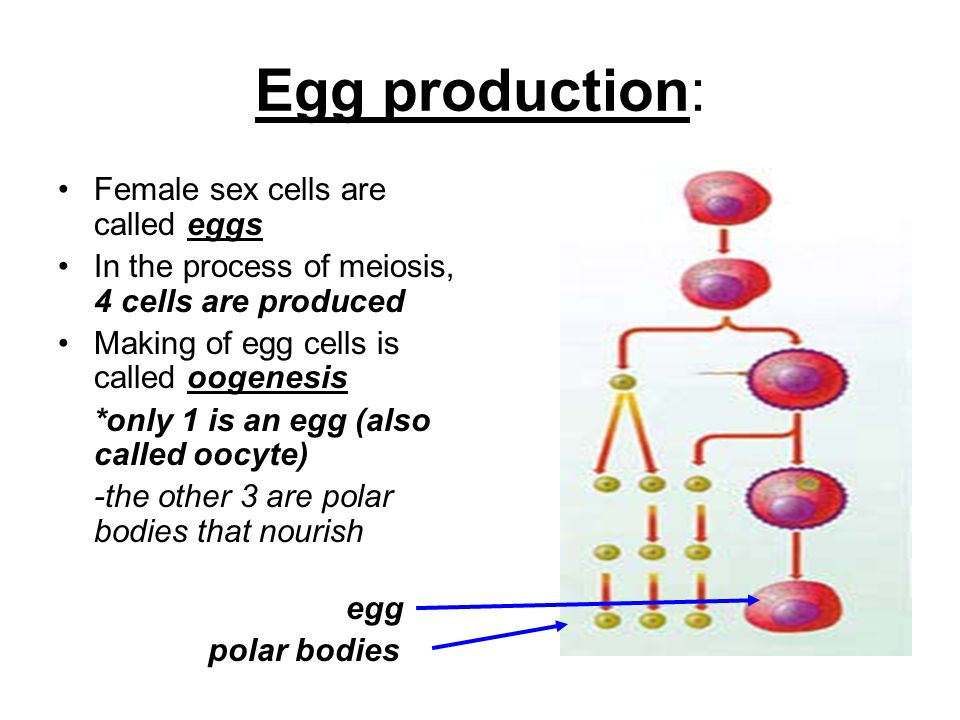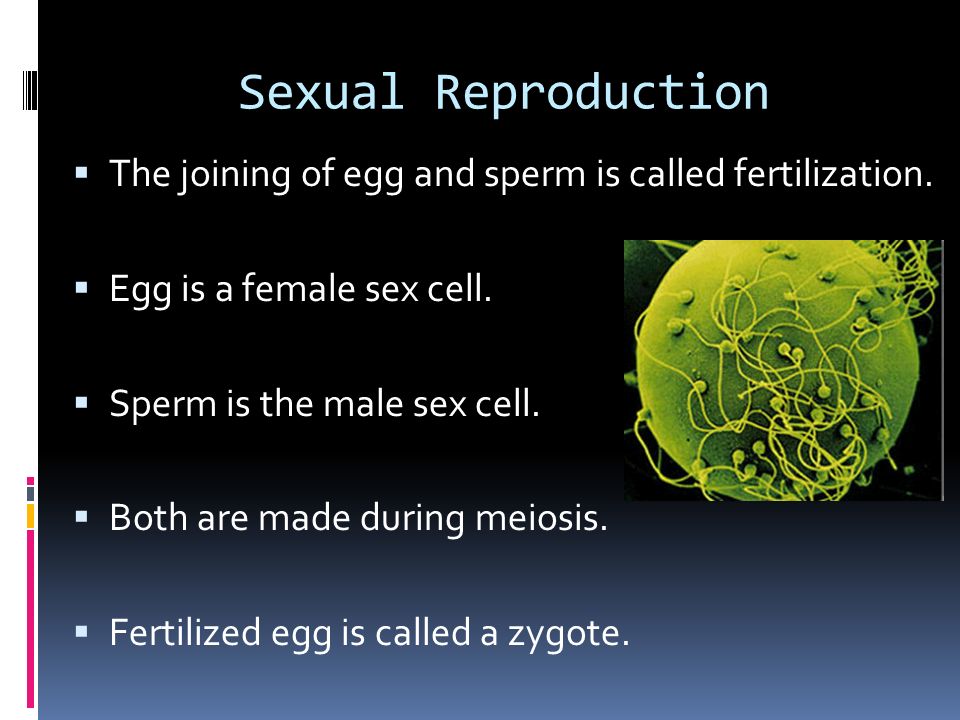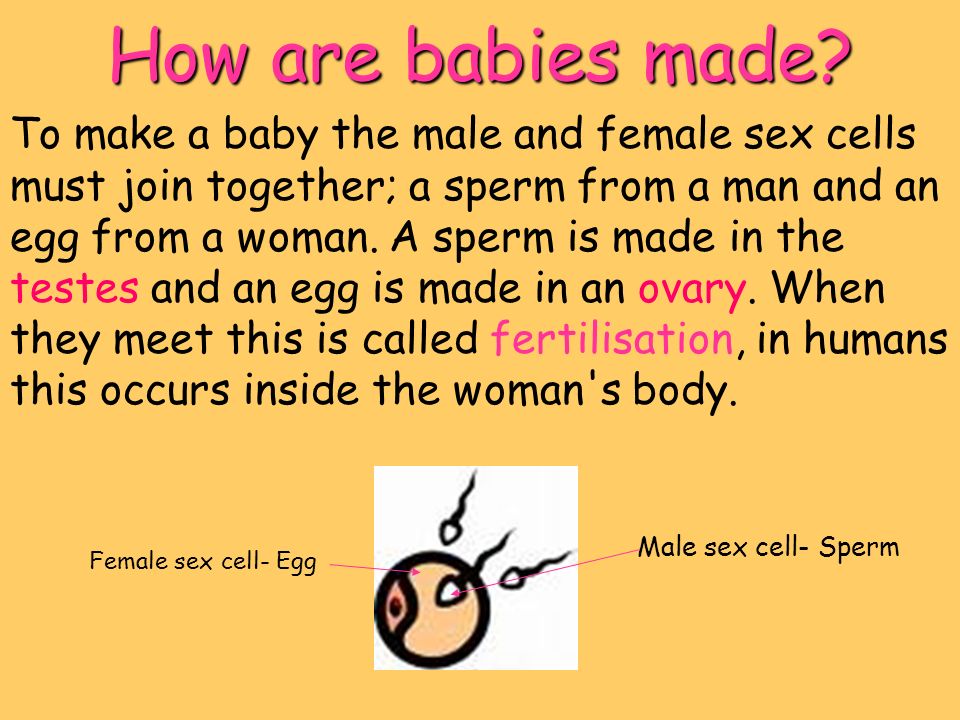
Why do teens get periods? What goes on when a woman gets pregnant? What can go wrong with the female reproductive system? Find the answers to these questions and more in this article for teens.

“Intersex” is a general term used for a variety of conditions in which a person is born with a reproductive or sexual anatomy that doesn’t seem to fit the typical definitions of female …
Sex cells and chromosomes. Human body cells each contain 23 pairs of chromosomes chromosomes: Rod shaped bodies found in the nucleus of cells that contain genetic information (DNA)..
Sex chromosomes are particular chromosomes that are involved in determining the sex of an organism. In the cells of humans and many other organisms the sex chromosomes consist of a pair of chromosomes called the X and Y chromosomes.
The testes (singular: testis), commonly known as the testicles, are a pair of ovoid glandular organs that are central to the function of the male reproductive system.
A germ cell is any biological cell that gives rise to the gametes of an organism that reproduces sexually.In many s, the germ cells originate in the primitive streak and migrate via the gut of an embryo to the developing gonads.

Organisms of many species are specialized into male and female varieties, each known as a sex. Sexual reproduction involves the combining and mixing of genetic traits: specialized cells known as gametes combine to form …
Biology4s.com! This tutorial introduces cell structure. Other sections include plants, systems, invertebrates, vertebrates, and microorganisms.





A person’s sex is either male or female.For example: John’s sex is male.Jane’s sex is female.This difference is sometimes called gender.. In humans, the sex of a person depends on what sex chromosomes that person got from his or her parents.

The Planned Parenthood glossary offers a robust list of sexual and reproductive health terms so you can stay up-to-date on the latest terminology.
